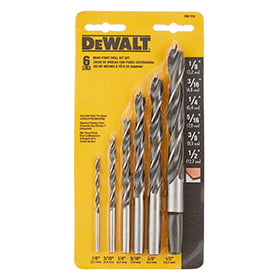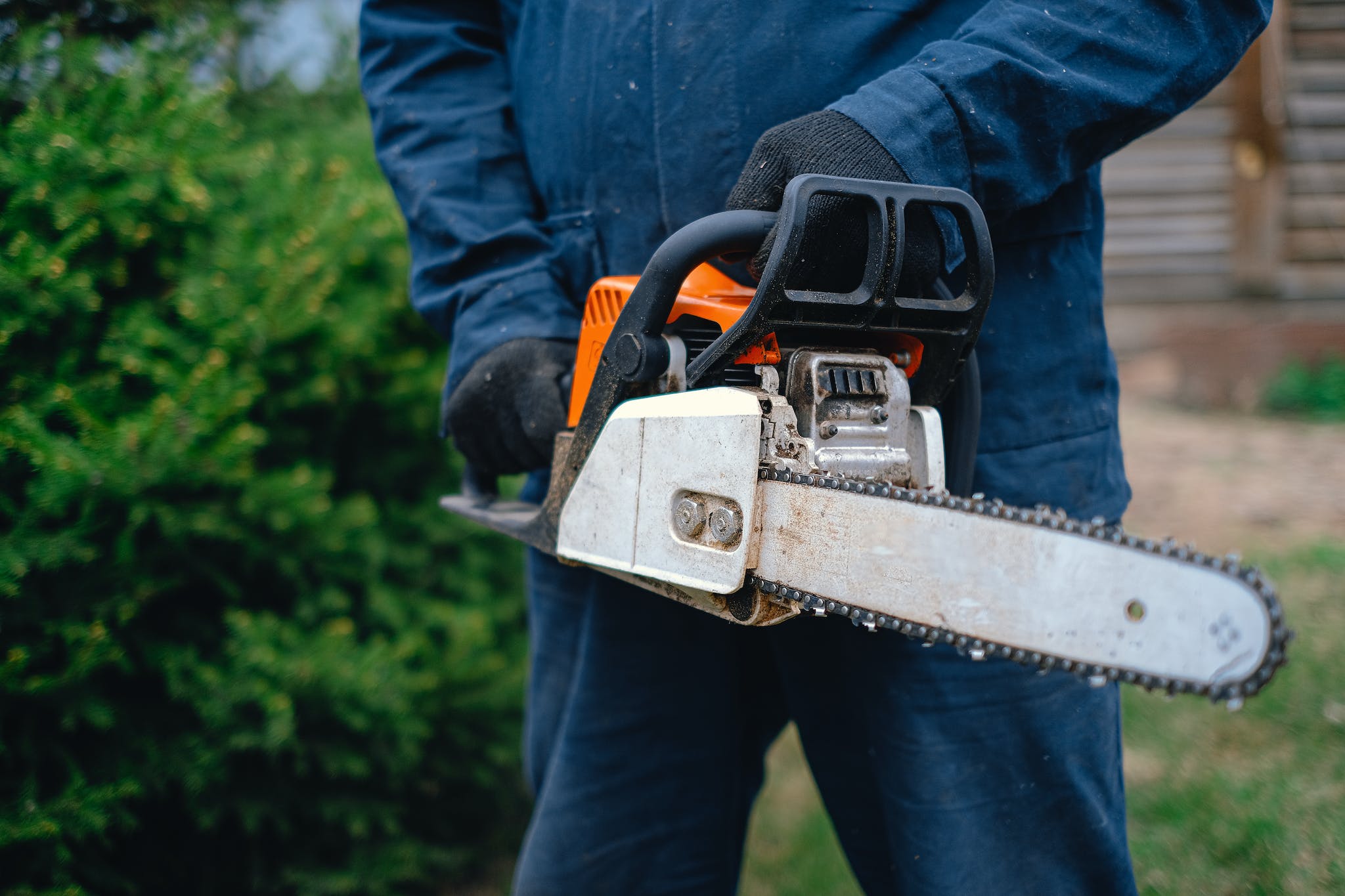Does your DIY project require working with plastic? If so, we must address a key question: Is it feasible to actually drill through plastic? Or are these polymers incapable of being drilled without breaking them?
Drilling holes through plastic may appear to be a simple chore at first glance, but nothing could be farther from reality. Plastics cannot be drilled using conventional techniques because of their brittleness. Don’t worry though! Listed below is all you will need to know about drilling plastics.
What are the best drill bits for plastic
While any power drill can be used to drill through plastic, it is essential to have the right drill bits to avoid chipping or cracking the plastic. Even weeks after the drilling process, uneven holes and edges may cause cracking. brad point bits, Twist HSS drill bits, and Step drill bits are some examples of the right drill bits to pierce the plastic.
However, Brad-point bits, also known as spur-point bits, are the most efficient bits for drilling plastic. They are precisely oriented to produce clean material cutting.
A Brad point bit features a center point and spurs that keep the bit-oriented, so preserving a clean, crisp hole. They are great drill bits for plastic since they make holes with smooth sides. They come in sizes from 3-5mm and don’t have any rough spots that might lead to cracks.

DEWALT Drill Bit Set (DW1720)
- Precise cutting edges to prevent chips
- Brad point drill bit to reduce walking
- Great value for money
Quick guide to drilling into plastic pots or bins
This is a step-by-step guide on how to drill holes in plastic pots and bins
Total Time: 15 minutes
Support the plastic on a level surface.
A good surface would be wood. Wood is stable, yet soft enough so it will not damage your drill bit upon contact.
Use clamps, to secure the plastic
This will ensure that the plastic will not move during drilling. Some plastics can be hard and therefore dangerous to drill into freehand.
Using masking tape and a pencil, indicate the hole’s center
As drawing on plastic without a special pen is hard you can use masking tape and a pencil. This will make sure you are drilling in the right spot.
Set the drill parallel to the plastic
Take your time while doing this and prevent drilling at the wrong angle. If your drill is set parallel to the plastic you will greatly reduce the risk of breaking it.
Adjust the drill’s speed to medium
While drilling into plastic you want to use a medium speed setting on your drill. This will prevent the plastic from breaking. If you are drilling into hard plastic you might use a slightly higher speed.
Allow the drill to penetrate the material without using excessive force
Let the drill do the heavy work. Don’t apply pressure on the plastic as this will likely crack it. If you are not able to penetrate the plastic without excessive force you probably need to swap to a sharper drill bit.
If you are about to go through the plastic make sure you drill in the support. If done in the correct way there will be no cracking on the back of the plastic.
Remove the drill bit from the created hole
Switching the drill in reverse will ensure that all the small pieces of access plastic will be removed. It will leave you with a smooth, and clean hole.
Sand the area surrounding the hole
This is optional and purely aesthetic. But if you want the cleanest finish you can sand the edges of the hole you just drilled.
While sanding, be careful to not scratch the plastic. Use a high grit sanding paper to ensure a smooth finish and the least chance to scratch.
Final Thoughts
You should now have a better understanding of how to drill into plastic. As you can see, it is doable, but it can be difficult if you don’t have the proper plastic drill bits and don’t know what you’re doing.
So, understand your plastic, choose the right equipment and start drilling!



